Experts say that insulating the attic of the house avoids heat loss of up to 30%. Insulating normal attics is not mandatory, but it can come with significant savings by reducing energy consumption for heating. When part of the loft is converted into a habitable loft, insulation is mandatory. An uninsulated roof makes the loft uninhabitable. But an attic insulation or loft insulation operation can become difficult because of small, narrow spaces that are difficult to access. Insulation materials are generally in the form of boards or mats and should be cut to fit. However, there are also solutions that do not start with materials that need to be cut, and insulating the space is very easy. One of them is using wood fibres, a solution that also has the advantage of being natural.
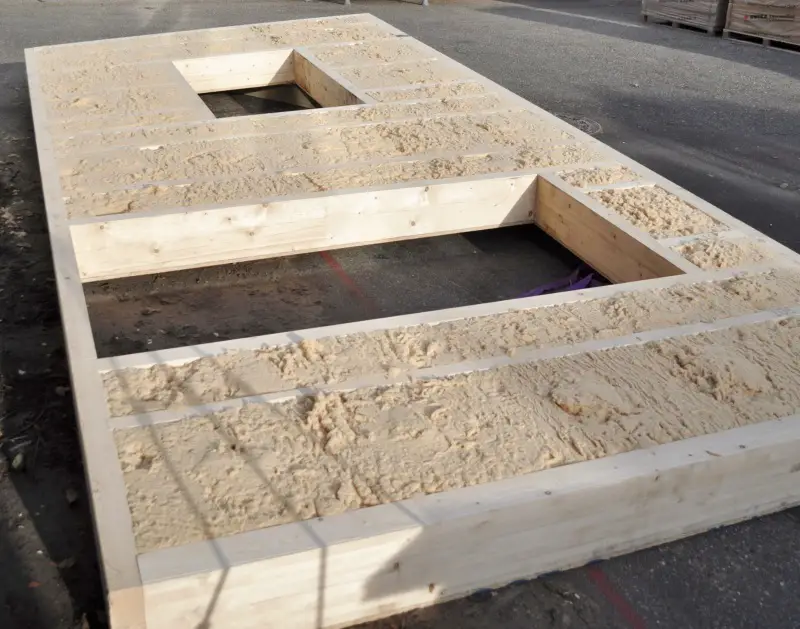
We visited a house undergoing renovation, for which many natural materials were used. The loft and attic insulation was made with wood fibres. The owner, a very open person, walked us through the house to show us all the changes that had been made, with the pride of someone who finally gets to see his dream come true. Upstairs - a sort of higher loft - we ended up in a small, narrow loft area. The house was basically an adaptation of the old dwelling, where part of the attic had been converted into living space, the remaining attic being small and hardly accessible. As insulating with wood-fibre carpet seemed very difficult, the decision was made to use individual wood fibres.
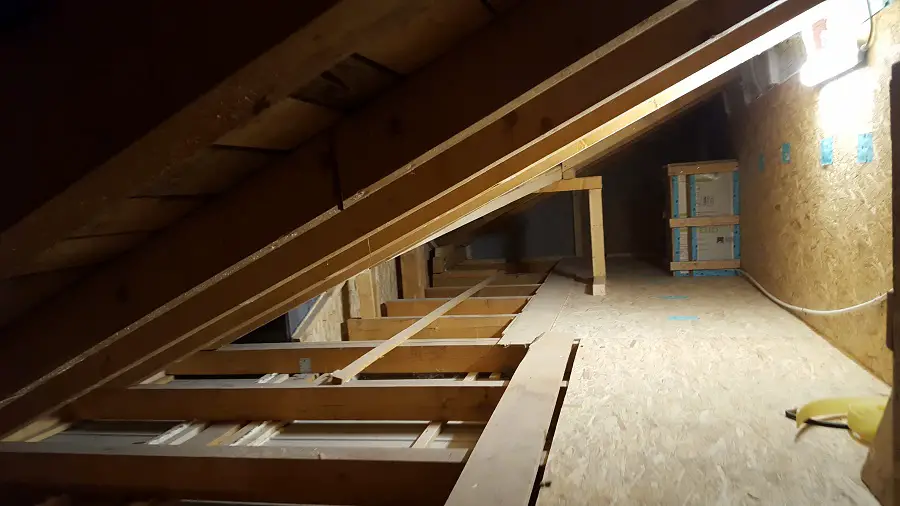
photo source: revistadinlemn.ro
But what are these fibres? They are also obtained by the process of partial delignification of wood, as in the case of fibrolemn plaquesbut they are no longer processed to form slabs but are left as tufts of wool or fleece. In the above case Gutex Thermofibre. These fibres are obtained from fir and spruce wood and are mixed in 5% proportion with ammonium salts to prevent the spread of fire in case of fire. They are small and flexible and can easily penetrate any nook and cranny, creating an insulating barrier.
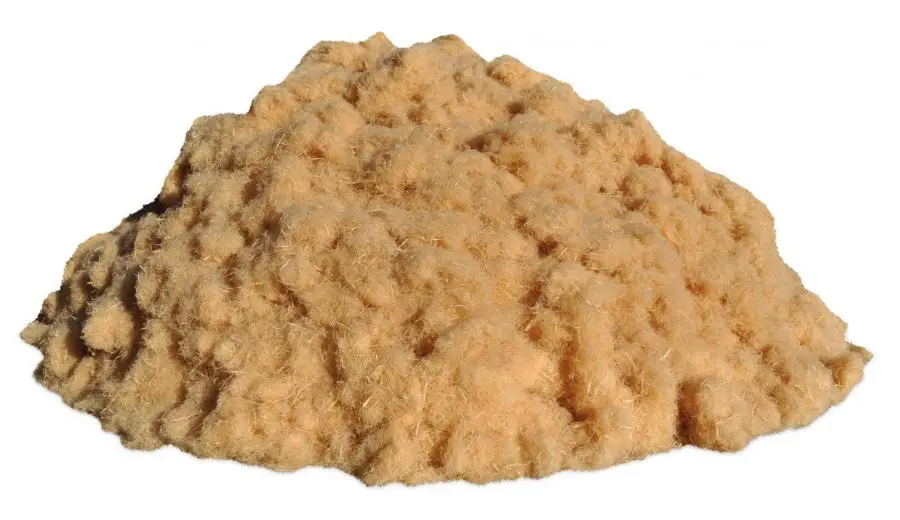
photo source: gutex.de
For insulation to be effective, the fibres must be as tightly packed as possible to form a compact mass. This can only be done with the help of a machine that is operated by specialised people. This is both a disadvantage and an advantage. The disadvantage is that not everyone can do it. The advantage is that... not everyone can do it. 🙂 It is done by specialists with the assurance that it is very well done.
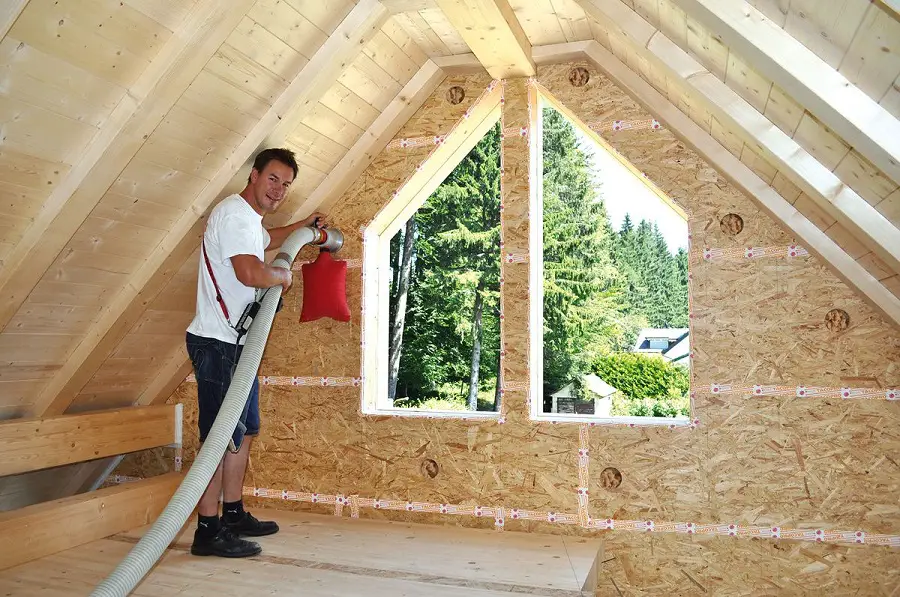
photo source: gutex.de
In short, the operation goes like this. Using a flexible tube and pressure, the fibres are pushed forcefully through a hole in the wall concealing the narrow space. They penetrate all areas and are then tightly tucked in. Finally the hole is plugged, usually with a plug made of the same material as the wall (wood or plasterboard).
The fibres used to insulate the loft and attic of the house in question were purchased from Naturalpaint, the distributorGUTEX Holzfaserplattenwerkin Romania. The German firm launched this insulation method in 2012 and it has been a real revolution in the field. However, those who apply must be approved by the company and for this they attend both theoretical and practical courses at the company's headquarters in Germany.
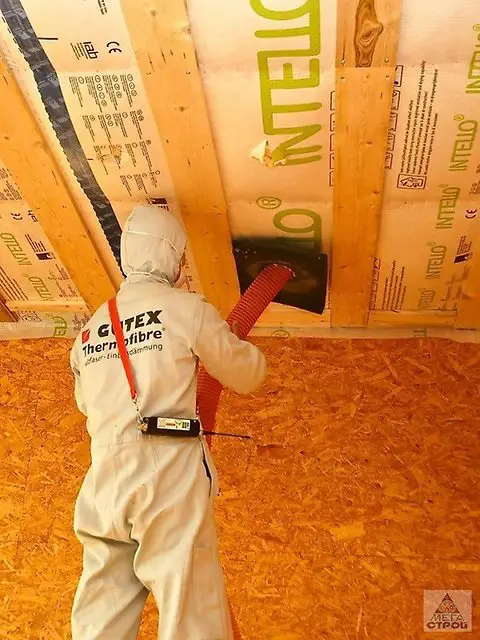
photo source: farpost.ru
There are many advantages of using such a system. Here are just a few of them:
- the elasticity of the fibres allows adaptation to spaces with the strangest geometries;
- the same elasticity allowsshape retention when the fibres are injected, without them clumping together;
- the system becomes effective as early as 29 kg/m3 density and the fibresdoes not settlenor at densities higher than that;
- very good thermal insulation qualities, both in winter and summer;
- large heat storage capacityso that it does not allow heat to enter the living space in summer and heat to escape in winter;
- improves sound insulationthe house;
- regulates humidity in the room;
- insulation allows the passage of water vapourin both directions so that it prevents the appearance of damp;
- installs in a short time;
- is a natural systemharmless to the body.
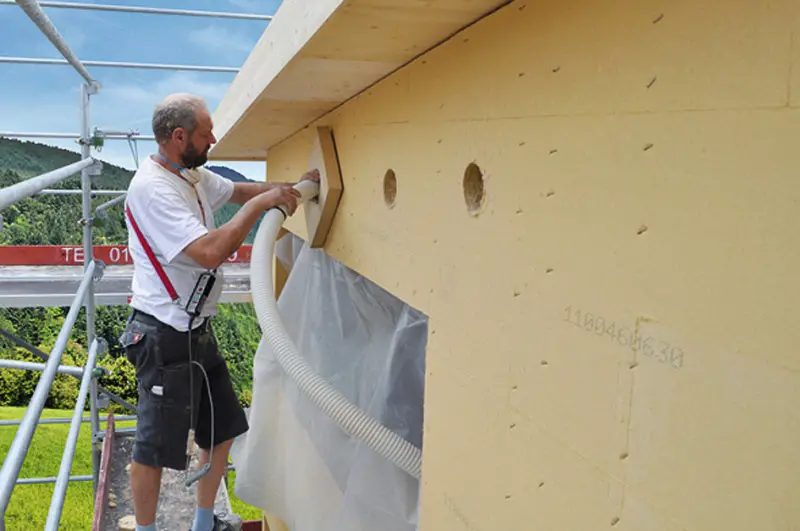
The system can also be used to insulate walls or the space between floors without any problems. The fibres can be injected into the load-bearing structure of wooden houses - between vertical beams, as roof insulation (mansard roof), between rafters or between horizontal ceiling beams or between floors. The application system allows a much faster installation than traditional insulation boards or rolls. As an example, insulation of 150 m² of roof and 120 m² of walls can be done in less than 8 hours.
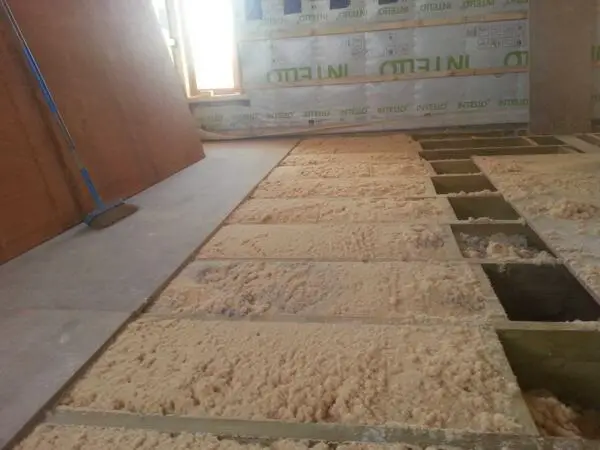
photo source: twitter.com
I'm sure you keep thinking about one question - how well does it withstand fire? The product is classified as fire resistance class E according to ISO 11925-2:2010. To put it more simply, if the flame gives off a temperature of 715 grd.C, the insulation will resist for 90 minutes.
Like wood fibre boards, hemp insulation or the made of sheep's wool, Gutex Thermofibre can be purchased from Naturalpaint or its distributors across the country.
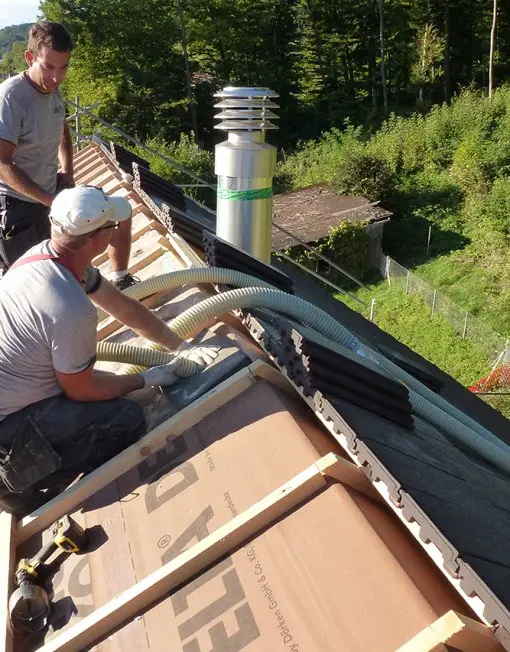
photo source: holtkfunktion.ch

















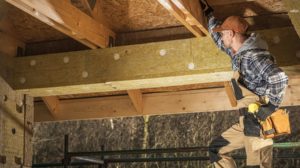
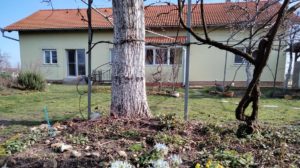
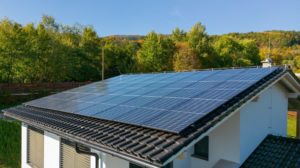
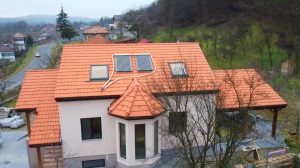
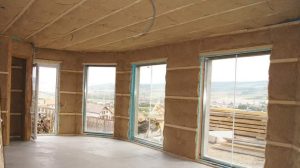
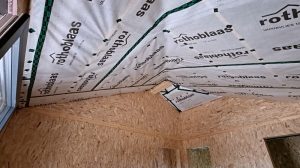
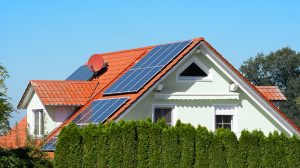
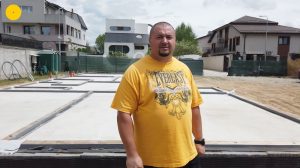
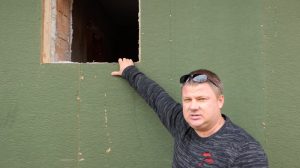
What are your thoughts on insulation?
Hello.
With hempcrete you can also build, not just insulate. It is a natural building material whose qualities are fairly well known to those working in the field. As far as I know, building with hempcrete is also accredited in our country.
I have a good opinion and in general I have a good opinion about hemp products (insulations, bolts).
All the best!
[...] → Attic, attic, roof insulation [...]